Home>Gardening & Outdoor>Garden Tools & Equipment>Why Does My Lawnmower Backfire
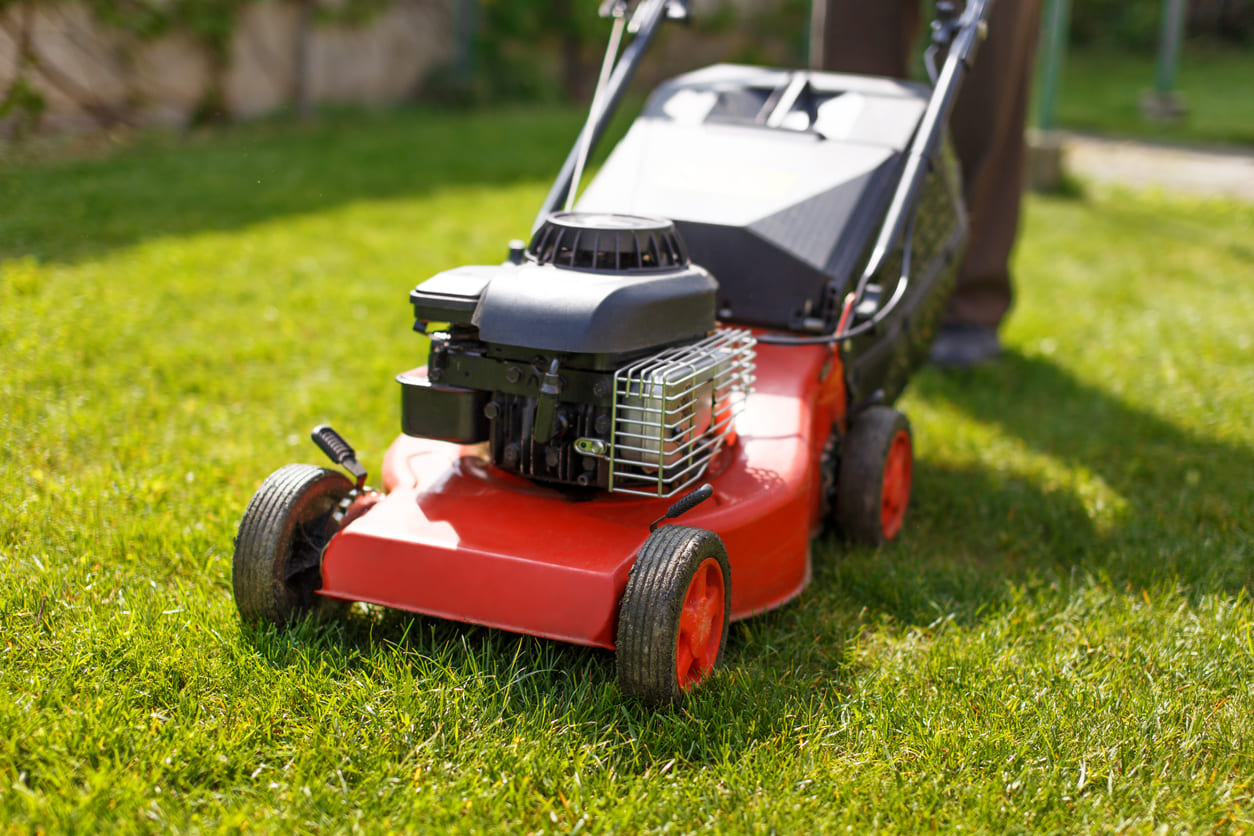

Garden Tools & Equipment
Why Does My Lawnmower Backfire
Modified: February 18, 2024
Discover the reasons behind your lawnmower backfiring and how to troubleshoot the issue. Get expert advice on garden tools and equipment maintenance.
(Many of the links in this article redirect to a specific reviewed product. Your purchase of these products through affiliate links helps to generate commission for Storables.com, at no extra cost. Learn more)
Common Causes of Lawnmower Backfiring
When you’re trying to maintain a lush, well-manicured lawn, the last thing you want is for your trusty lawnmower to start backfiring. Not only is it an annoying sound, but it’s also a sign that something might be amiss with your mower. Let’s delve into some of the common causes of lawnmower backfiring and how you can address them.
- Dirty Air Filter: A clogged or dirty air filter can disrupt the air-fuel mixture in the engine, leading to backfiring. Regularly inspect and clean or replace the air filter to ensure proper airflow.
- Ignition System Issues: Faulty spark plugs, ignition coils, or a malfunctioning magneto can cause erratic combustion, resulting in backfiring. Check and replace spark plugs as needed, and ensure the ignition system components are in optimal condition.
- Fuel Problems: Stale or contaminated fuel can lead to incomplete combustion, causing the engine to backfire. Always use fresh, clean fuel and consider adding a fuel stabilizer if the mower will be stored for an extended period.
- Exhaust System Blockages: A clogged muffler or exhaust port can create excessive back pressure, leading to backfiring. Inspect the exhaust system for obstructions and clear any debris or buildup.
- Engine Timing: Incorrect engine timing, often due to a misaligned flywheel key or a malfunctioning camshaft, can disrupt the combustion process and cause backfiring. Ensure that the engine’s timing components are properly aligned and functioning correctly.
- Overheating: Excessive heat buildup in the engine can cause fuel to ignite prematurely, resulting in backfiring. Check for proper cooling system function and ensure that the engine is not overheating during operation.
- Carburetor Issues: A dirty or misadjusted carburetor can disrupt the air-fuel mixture, leading to backfiring. Regularly clean and maintain the carburetor, ensuring that it is calibrated to deliver the correct fuel mixture.
- Intake Valve Problems: Worn or damaged intake valves can affect the engine’s ability to draw in air, leading to improper combustion and backfiring. Inspect and maintain the intake valves to ensure they are operating smoothly.
By understanding these common causes of lawnmower backfiring, you can take proactive steps to address and prevent these issues, ensuring that your lawnmower operates smoothly and efficiently, allowing you to maintain a pristine lawn with ease.
Key Takeaways:
- Keep your lawnmower running smoothly by regularly checking and maintaining the air filter, spark plugs, and fuel quality to prevent backfiring issues.
- Prevent lawnmower backfiring by using high-quality fuel, keeping the air filter clean, and following manufacturer guidelines for maintenance and storage.
Read more: Why Does My Car Sound Like A Lawnmower
How to Troubleshoot Lawnmower Backfiring Issues
Dealing with a backfiring lawnmower can be frustrating, but with a systematic approach to troubleshooting, you can pinpoint and resolve the underlying issues. Here’s a step-by-step guide to troubleshooting lawnmower backfiring problems:
- Inspect the Air Filter: Start by checking the air filter for dirt and debris. A clogged air filter can disrupt the air-fuel mixture, leading to backfiring. Clean or replace the air filter if necessary.
- Examine the Ignition System: Inspect the spark plug, ignition coil, and magneto for signs of wear or damage. Replace any faulty components and ensure that the ignition system is functioning properly.
- Check the Fuel: Ensure that the fuel is fresh and free from contaminants. If the fuel has been sitting for an extended period, consider draining and refilling the tank with fresh gasoline.
- Inspect the Exhaust System: Check the muffler and exhaust port for blockages or buildup. Clear any obstructions to ensure proper exhaust flow.
- Verify Engine Timing: If possible, check the engine’s timing components for proper alignment. Misaligned flywheel keys or malfunctioning camshafts can disrupt the combustion process, leading to backfiring.
- Monitor Engine Temperature: Keep an eye on the engine temperature during operation. Overheating can cause fuel to ignite prematurely, resulting in backfiring. Ensure that the cooling system is functioning effectively.
- Inspect the Carburetor: Remove and clean the carburetor to ensure that it is free from dirt and debris. Adjust the carburetor settings as needed to achieve the correct air-fuel mixture.
- Check the Intake Valves: Inspect the intake valves for wear or damage. Clean and maintain the intake valves to ensure proper airflow into the engine.
Once you’ve gone through these troubleshooting steps, attempt to start the lawnmower and observe its operation. If the backfiring issue persists, consider seeking assistance from a professional technician who can conduct a more in-depth assessment and repair any underlying mechanical issues.
By methodically troubleshooting lawnmower backfiring problems, you can identify and address the root causes, ensuring that your mower operates smoothly and efficiently, allowing you to tackle lawn maintenance with confidence.
Regular maintenance, such as cleaning or replacing the spark plug, adjusting the carburetor, and using fresh fuel, can help prevent lawnmower backfiring.
Preventing Lawnmower Backfiring
While troubleshooting and addressing backfiring issues is essential, taking proactive measures to prevent lawnmower backfiring can save you time and frustration in the long run. Here are some preventive steps you can take to minimize the likelihood of backfiring in your lawnmower:
- Regular Maintenance: Implement a regular maintenance schedule for your lawnmower, including air filter and spark plug inspections, oil changes, and overall engine checks. This proactive approach can help identify and address potential issues before they lead to backfiring.
- Use High-Quality Fuel: Opt for high-quality, ethanol-free fuel to minimize the risk of fuel-related backfiring. Ethanol-blended fuels can attract moisture and lead to engine performance issues, including backfiring.
- Keep the Air Filter Clean: Regularly inspect and clean or replace the air filter to ensure proper airflow and prevent disruptions to the air-fuel mixture within the engine.
- Maintain the Ignition System: Periodically check the spark plugs, ignition coils, and magneto for wear and damage. Replace any faulty components to maintain a reliable ignition system.
- Monitor Engine Temperature: Avoid prolonged operation in excessively hot conditions, as overheating can contribute to backfiring. Ensure that the cooling system is functioning effectively and that the engine is not overheating during use.
- Store the Mower Properly: When storing the lawnmower for an extended period, such as during the off-season, add a fuel stabilizer to the tank and run the engine for a few minutes to circulate the treated fuel through the system. This helps prevent fuel-related issues that can lead to backfiring.
- Keep the Exhaust System Clear: Regularly inspect and clear any obstructions from the muffler and exhaust port to maintain proper exhaust flow and prevent backfiring due to excessive back pressure.
- Follow Manufacturer Guidelines: Adhere to the manufacturer’s recommendations for maintenance, fuel type, and operating conditions. Following these guidelines can help prevent potential issues that may lead to backfiring.
By incorporating these preventive measures into your lawnmower maintenance routine, you can minimize the risk of backfiring and ensure that your mower operates reliably, allowing you to maintain a pristine lawn without the interruption of engine issues.
Conclusion
Keeping your lawnmower in prime condition is crucial for maintaining a healthy and vibrant lawn. By understanding the common causes of lawnmower backfiring, troubleshooting potential issues, and implementing preventive measures, you can ensure that your lawnmower operates smoothly and efficiently, allowing you to tackle lawn maintenance with ease.
Regular maintenance, including air filter and spark plug inspections, oil changes, and overall engine checks, can help identify and address potential issues before they lead to backfiring. Using high-quality, ethanol-free fuel, keeping the air filter clean, and maintaining the ignition system are essential preventive measures to minimize the risk of backfiring.
Monitoring engine temperature, proper storage practices, and keeping the exhaust system clear are additional steps that can contribute to preventing lawnmower backfiring. By adhering to manufacturer guidelines and seeking professional assistance when needed, you can further ensure the reliable operation of your lawnmower.
By incorporating these proactive maintenance and preventive measures into your lawnmower care routine, you can minimize the likelihood of backfiring and enjoy the satisfaction of a well-maintained lawn without the interruption of engine issues. With a well-tuned lawnmower at your disposal, you can confidently tackle lawn care tasks, knowing that your equipment is up to the challenge.
Remember, a well-cared-for lawnmower not only enhances the beauty of your lawn but also contributes to a smooth and enjoyable lawn maintenance experience, allowing you to take pride in your outdoor space.
Frequently Asked Questions about Why Does My Lawnmower Backfire
Was this page helpful?
At Storables.com, we guarantee accurate and reliable information. Our content, validated by Expert Board Contributors, is crafted following stringent Editorial Policies. We're committed to providing you with well-researched, expert-backed insights for all your informational needs.

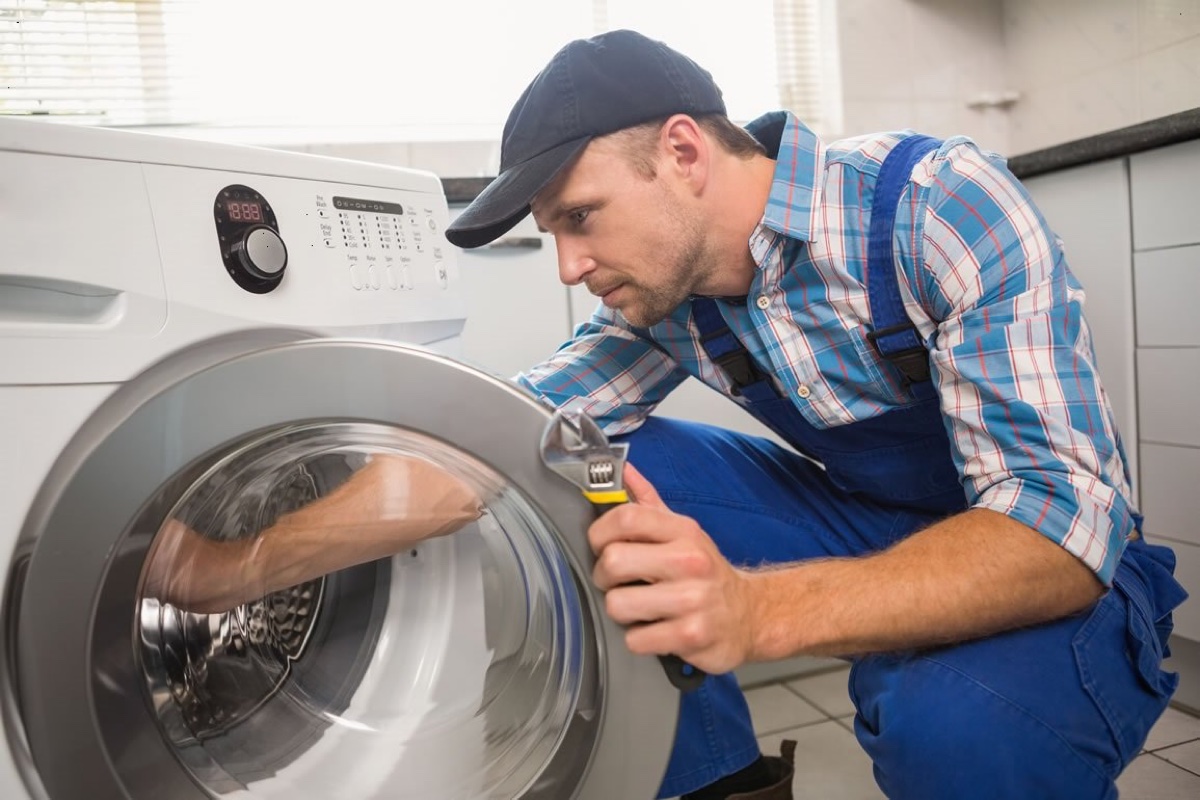
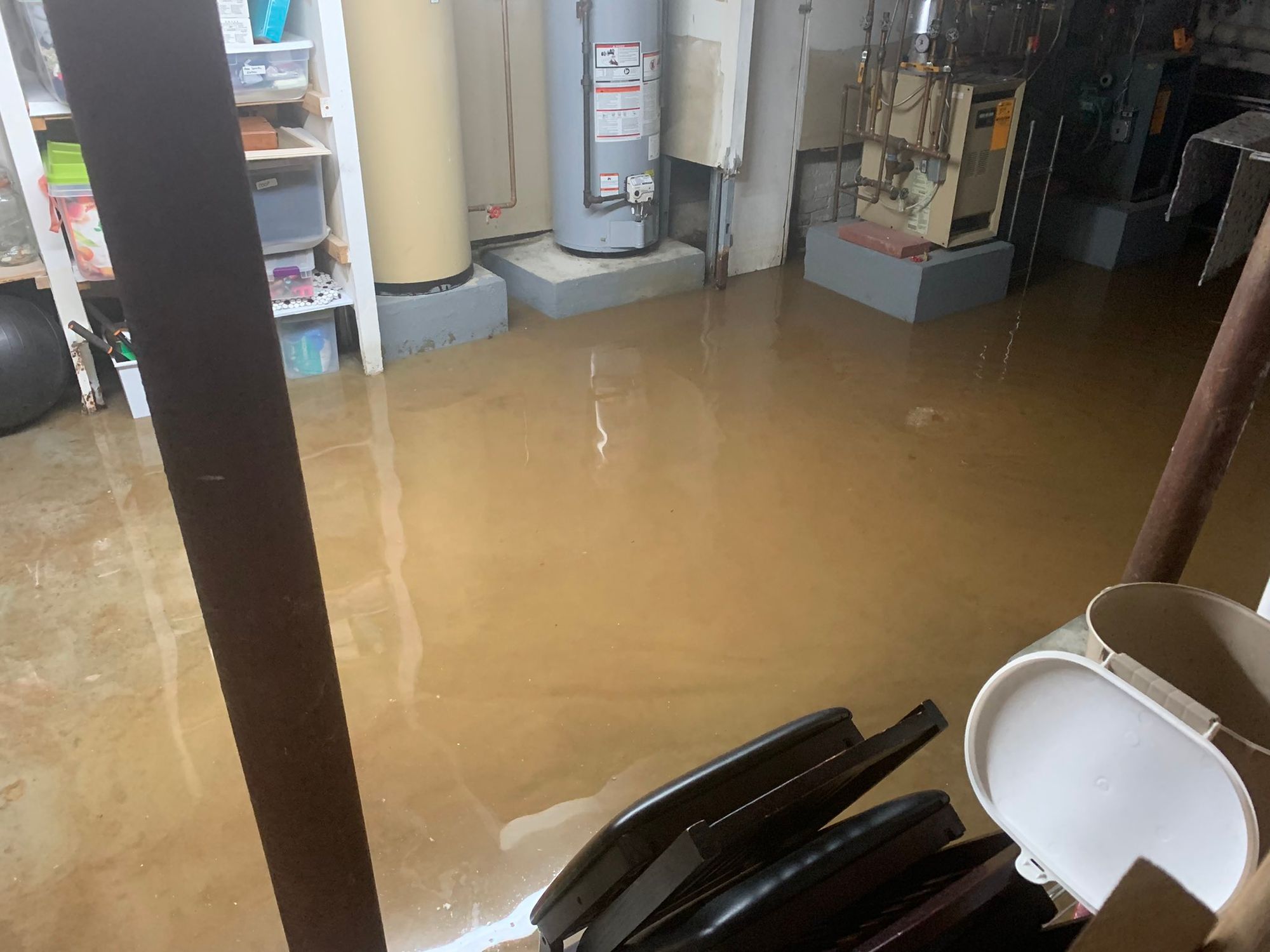

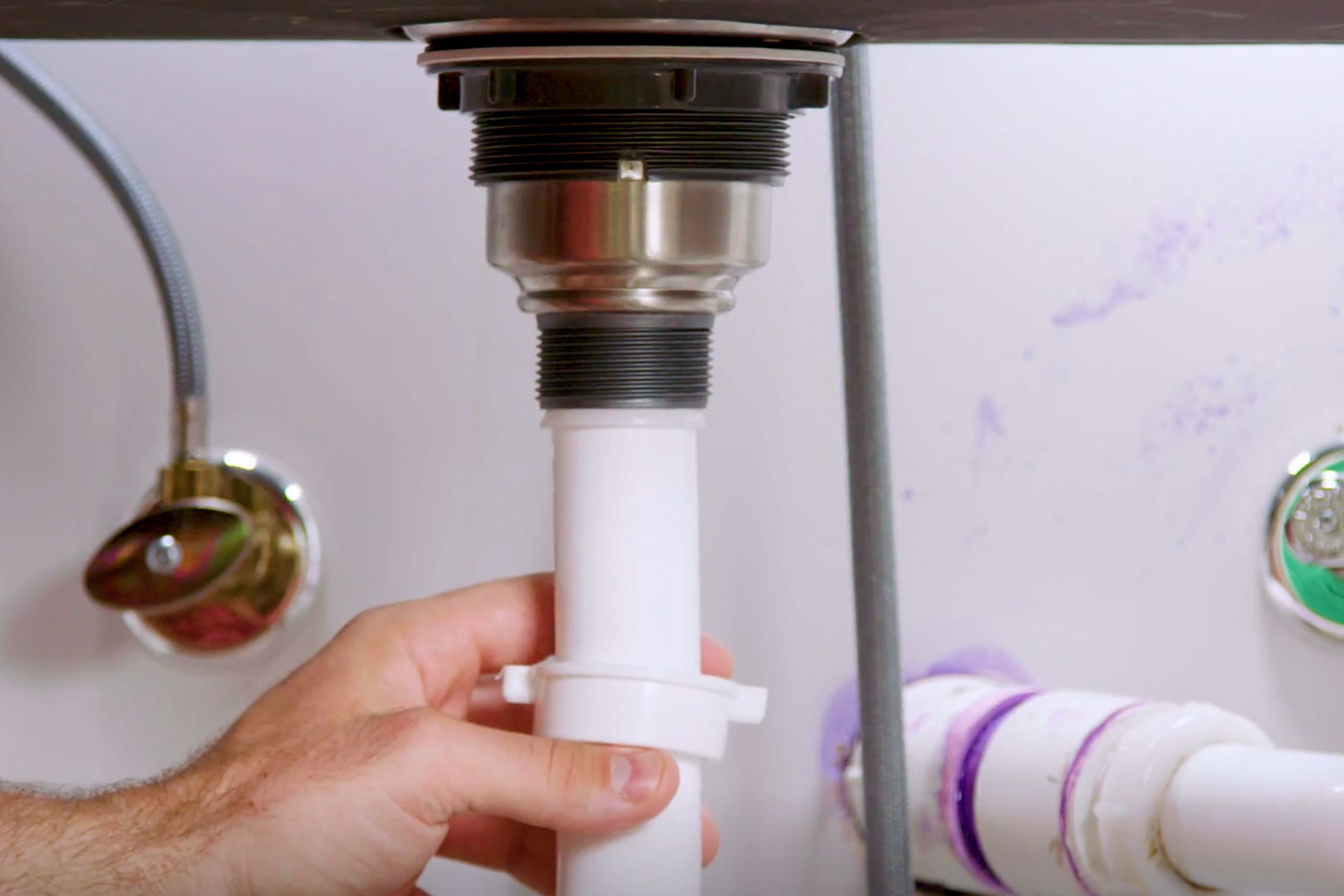
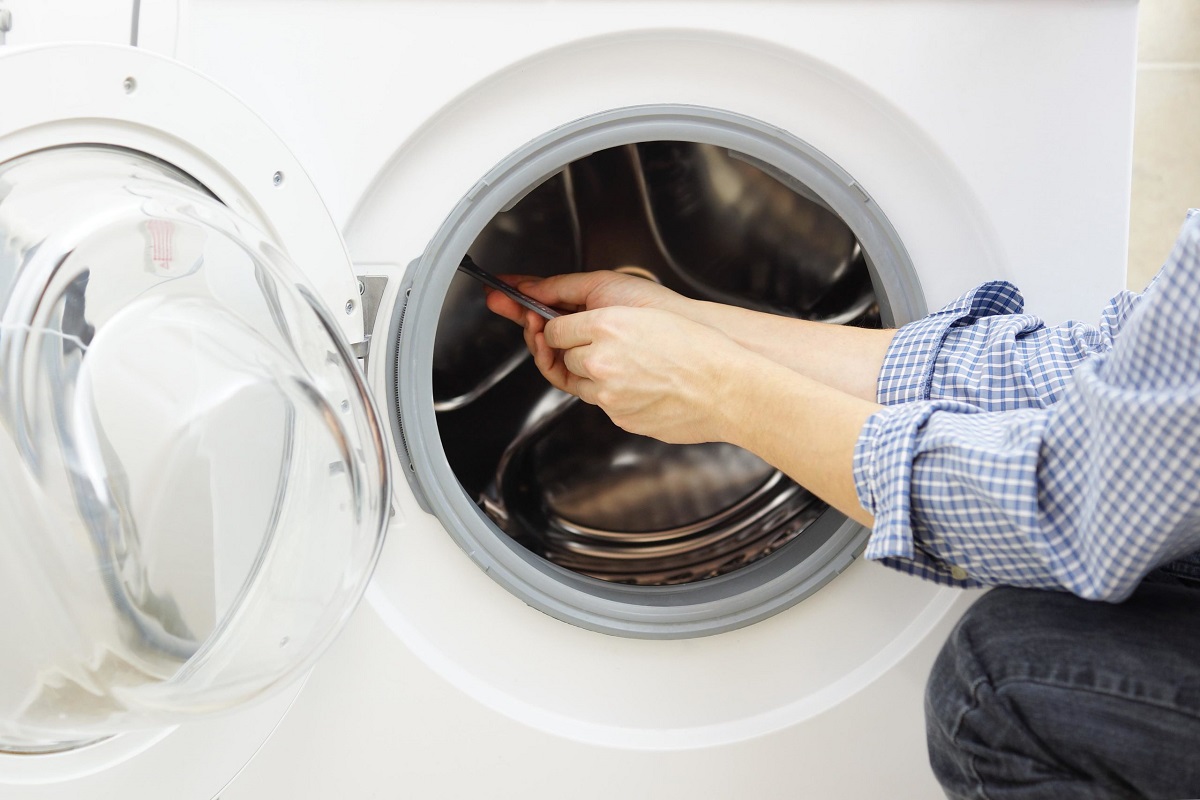





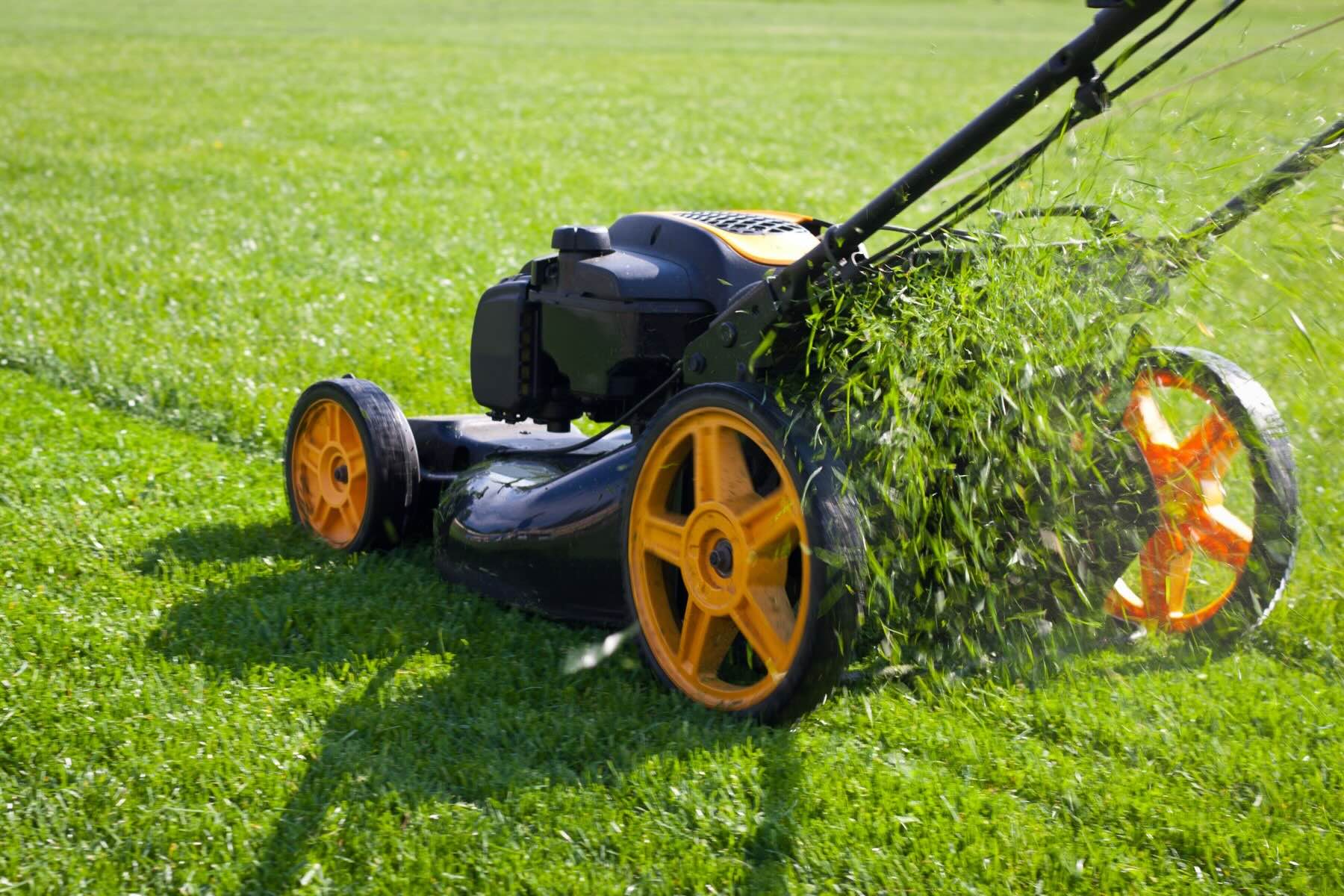
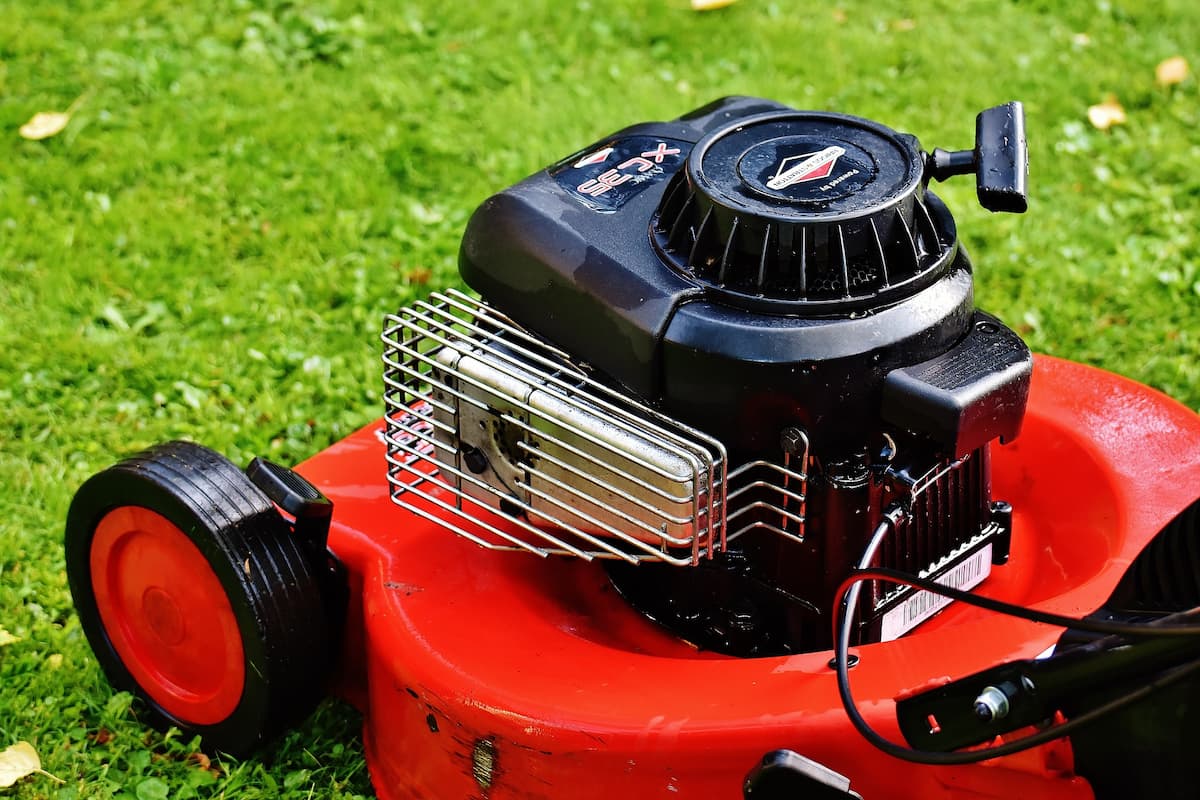
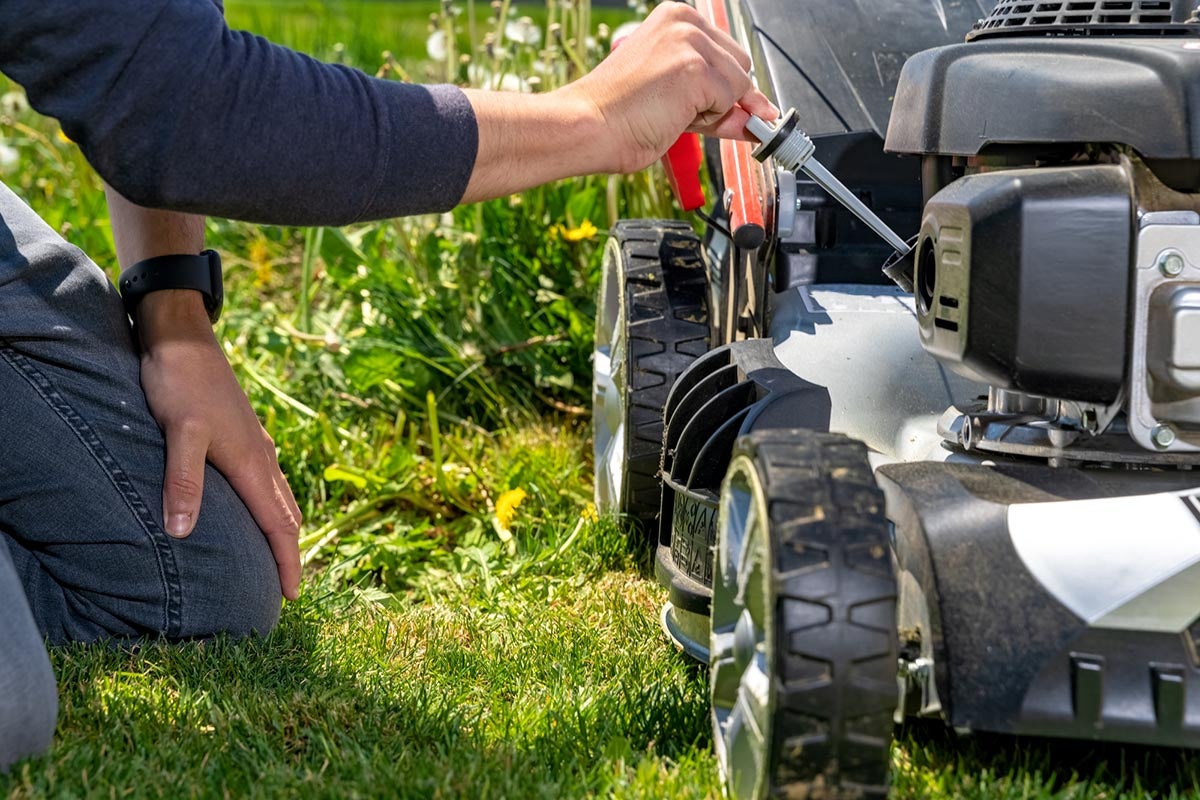


0 thoughts on “Why Does My Lawnmower Backfire”